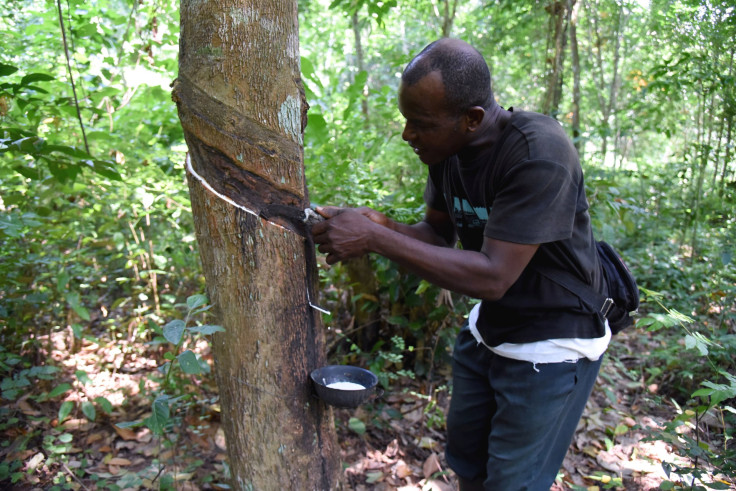Rubber Cultivation An Untapped Opportunity For US Economy

Early in life, my father taught me to grow vegetables in the garden behind our house. He taught me to appreciate the process of cultivating something for myself and our family. This seed-to-fruition lesson has stuck with me my entire life, whether in business ventures or raising my children. It has translated into understanding the importance of self-sufficiency and quality, careful growth.
The United States exports no natural rubber, yet we imported $1.6 billion worth in 2017 alone . Natural rubber is currently being used in over 50,000 goods including medical products, tires, footwear, and sport equipment. Currently, natural rubber is harvested in Southeast Asia from the rubber tree (Hevea brasiliensis). With the current political landscape and ever-changing global climate, the fear of a middle-age siege seems more applicable in modern society than ever before. We, as a country, are entirely dependent on foreign trade for our natural rubber supply. If our trade relationships deteriorate or the global climate shifts out of our favor, we could easily be starved out of a material vital to our everyday way of life. This concern has prompted the United States Defense Logistics Agency to deem natural rubber a strategic material, critical to our national security. Despite the clear and pressing need for domestic natural rubber, there is little progress for commercial-scale production. We are not growing what we need in our own backyard gardens to satisfy our ever-growing demand for natural rubber.
The natural rubber industry is ripe for disruption by domestic producers and in doing so, can help secure the economic future of the United States and the people who rely on it. U.S. development in this area can improve several layers of the economic fabric. First, it would reduce our global dependencies for natural rubber. Second, it would create jobs in the country. This is important for parts of the country where factory closures have negatively impacted local communities. Northeast Ohio, the self-proclaimed rubber capital of the world, is a great example of a community who has suffered job losses that could be remedied by the production of natural rubber. Additionally, the creation of jobs in a developed country would allow for safer working environments than those currently offered tapping rubber trees in other areas of the world. Lastly, the accessibility of hydroponic growing mechanisms and green technology would offer low environmental impact construction opportunities that don’t break the bank.
For this vision to become reality, harvesting natural rubber as we know it from the traditional rubber plant is not enough. We need to take risks. We need to innovate. We need to work together. Through collaboration with research institutions and the private sector, we are just beginning to evolve and revolutionize the commercialization of natural rubber production. By using genetically altered plants, we are exploring new ways to grow, harvest, and produce natural rubber that support sustainability and safe practices in the heartland of America. These engineered solutions can provide us with more flexible and reliable sources of an important material.
Growing produce in your backyard is not what is used to be, but giving our children and country the opportunity to satisfy our material demands and maintain a strong global face is the self-sufficiency we need.
John M. Fife is the president and CEO of United American Healthcare Corporation which wholly-owns American Sustainable Rubber Company, LLC, an indoor agriculture technology company focused on creating a domestic solution to natural rubber production.
© Copyright IBTimes 2024. All rights reserved.





















